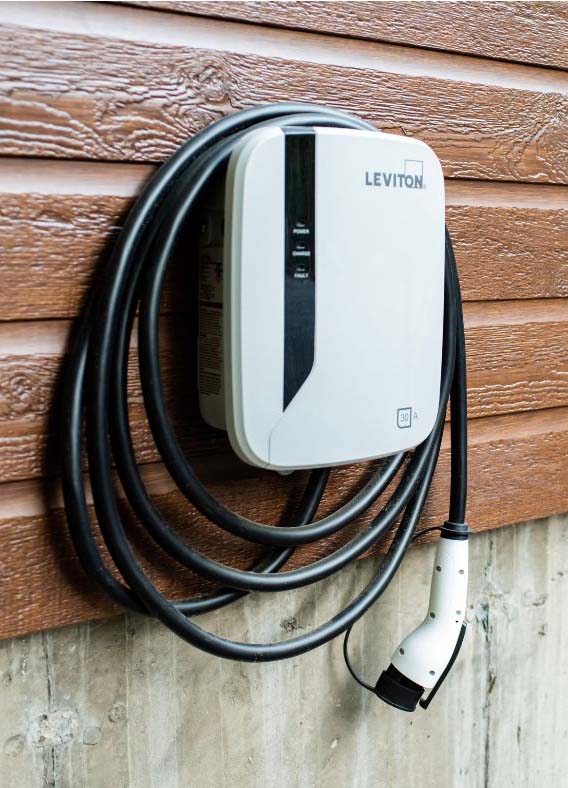As more and more consumers make the green decision to forego their combustion engines for electric vehicles, they may not be as in tune with charging standards. kW, voltage, and amps might sound like jargon compared to miles per gallon, but these are essential units to understand to get the most efficiency out of your shiny new EV.
Before we get into the charging standards for electric vehicles, you must be sure you understand some of the terminology you never came across with your ICE car.
The transition to electric energy output rather than combustion brings a new slew of units and the dreaded use of math (we know). Here are some key terms you will come across daily, so be sure to study up.

Think of Level 1 as a universal charging option. If there is a wall socket nearby, you will be able to charge your EV without issue.
A 120V socket and 15 amps remains the standard electrical outlet in North America, although you’re probably looking at more like 12 amps for a continuous load after de-rating your breaker.

Level 2 charging is quicker, almost as if the voltage is doubled! These chargers are the most common type found at public charging stations. 220-240V plugs usually offer around 40 amps and are usually more specifically placed in homes. Think of this charger as the equivalent to your dryer or other large appliances.
Many EV automakers suggest owners install a Level 2 charger in their home or garage if they can. This is generally fairly easy for an electrician or specialist to come and install. Especially since most homes in North America receive power at 240V anyway.
So if you’re boasting around 7.7 kW max power at 240V, you can charge that Mustang Mach-E significantly quicker. 11.5 hours sounds a lot better than 63 hours, no?
Fill out your email to subscribe to our newsletter and enter for your chance to win a Klien Screwdriver set. A 50$ value contest ends 31st Jan 2023
Fill out your email to subscribe to our newsletter.
We are a family owned and operated electrical company with more than 50 years experience employed currently.